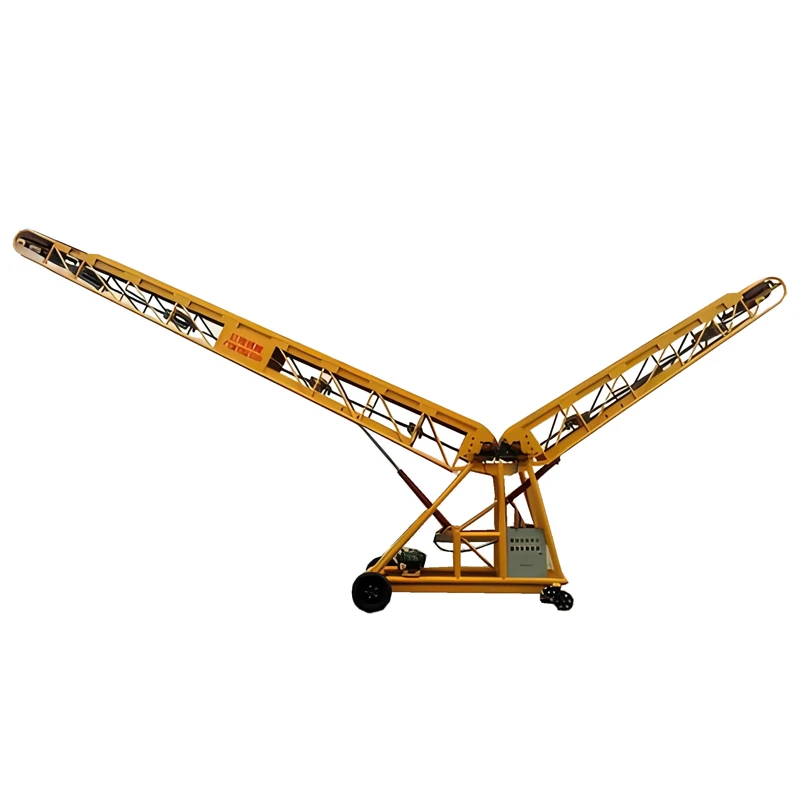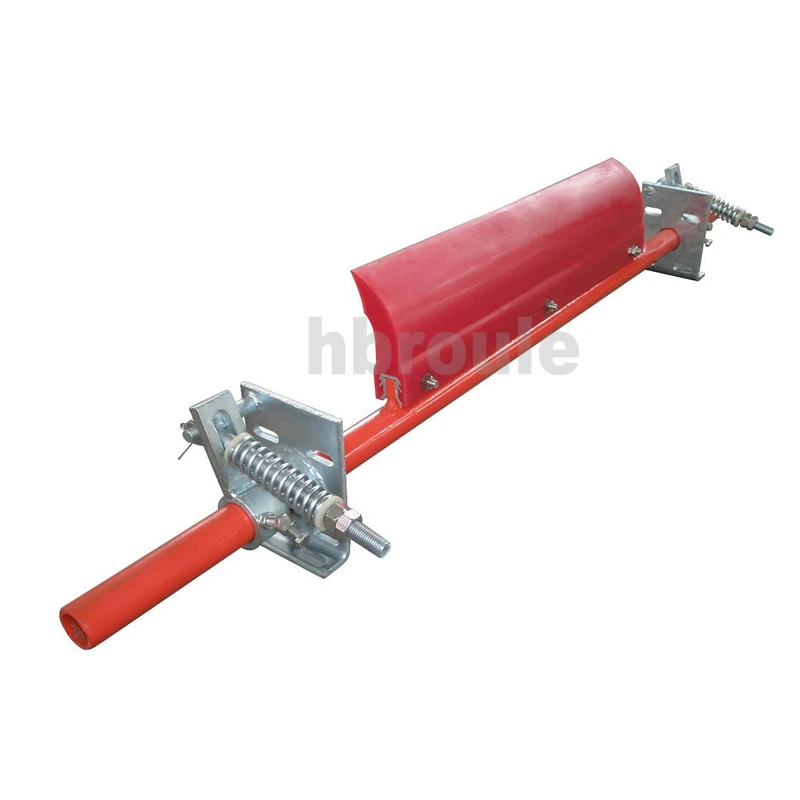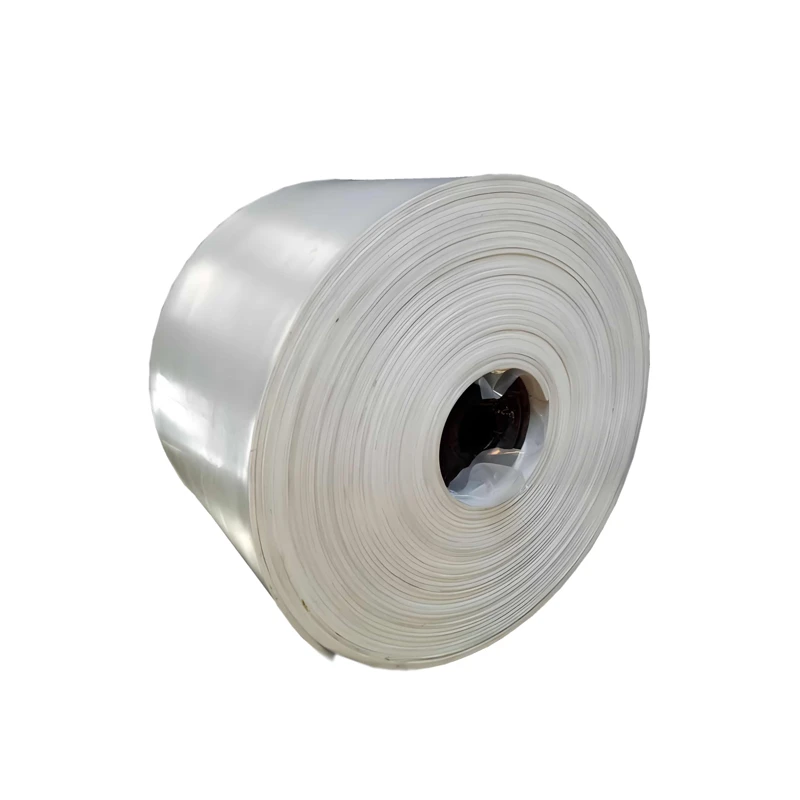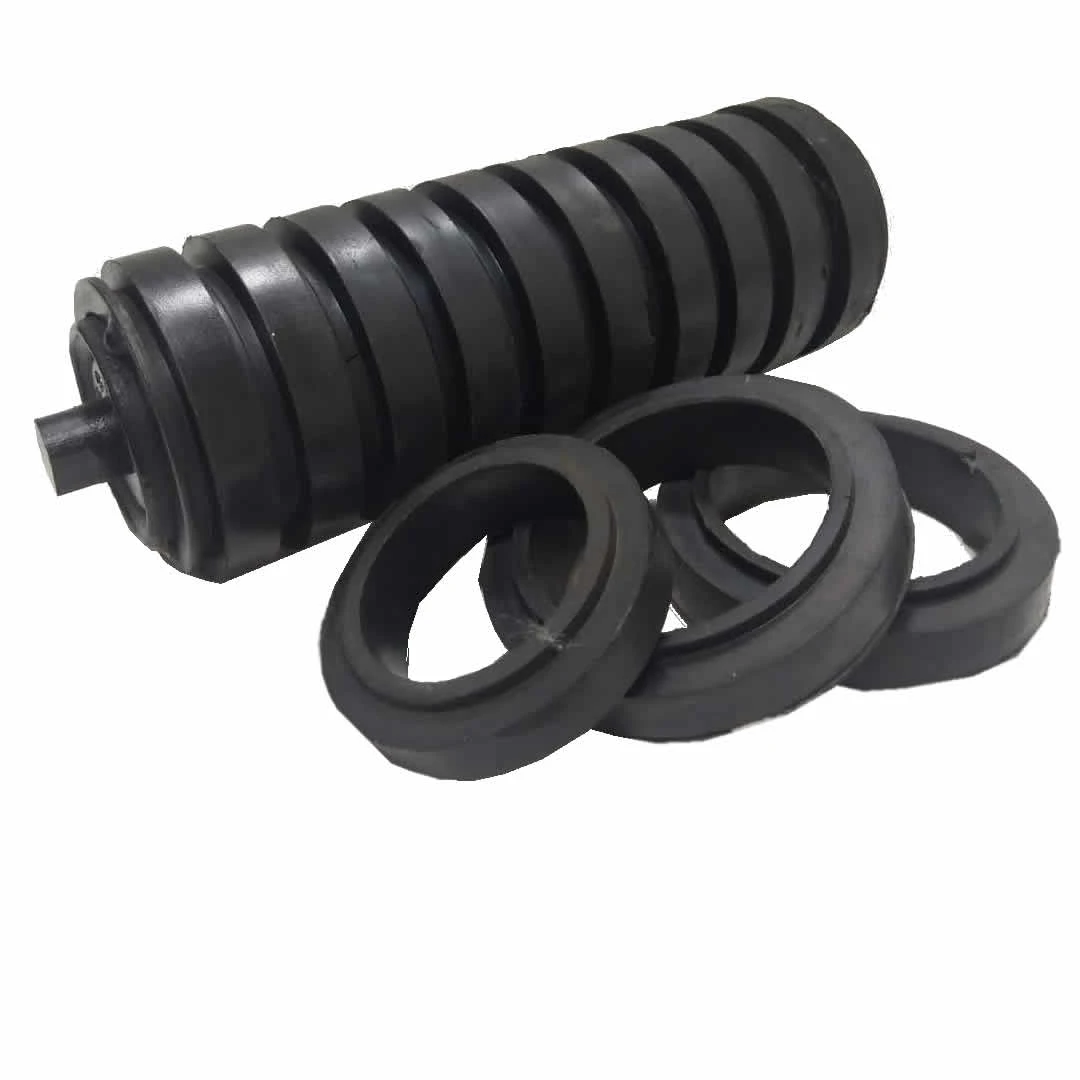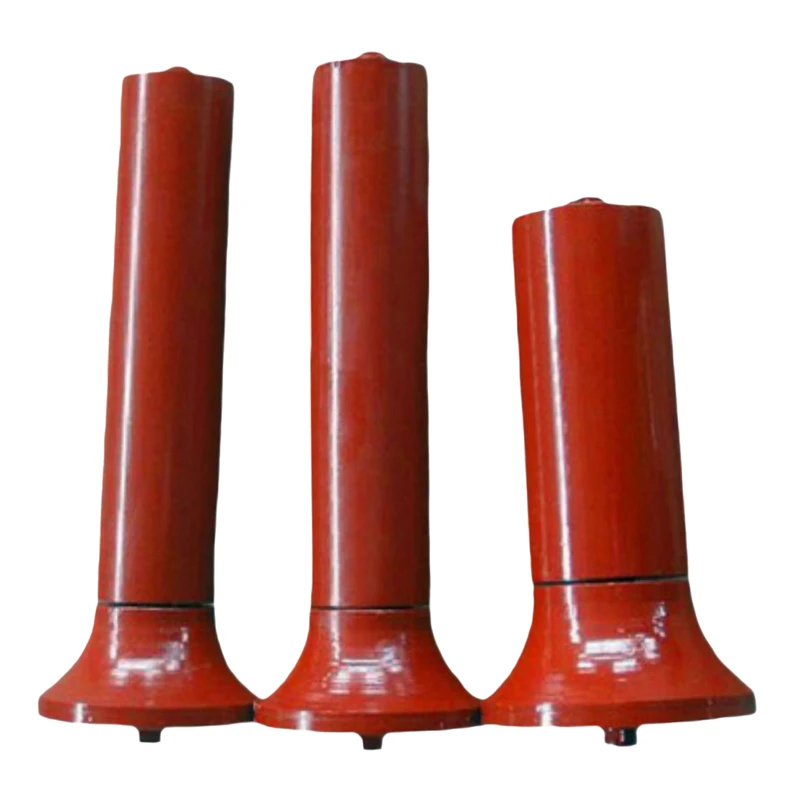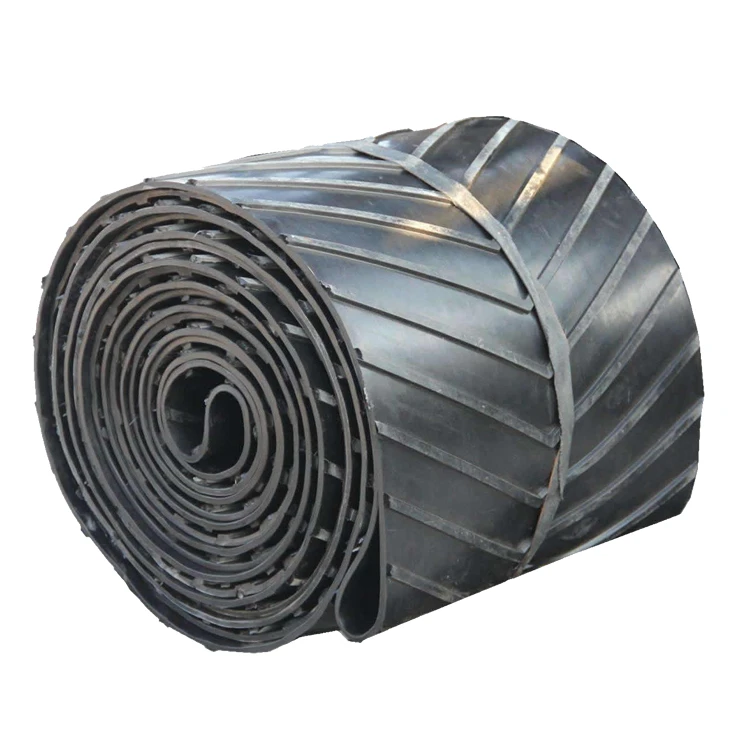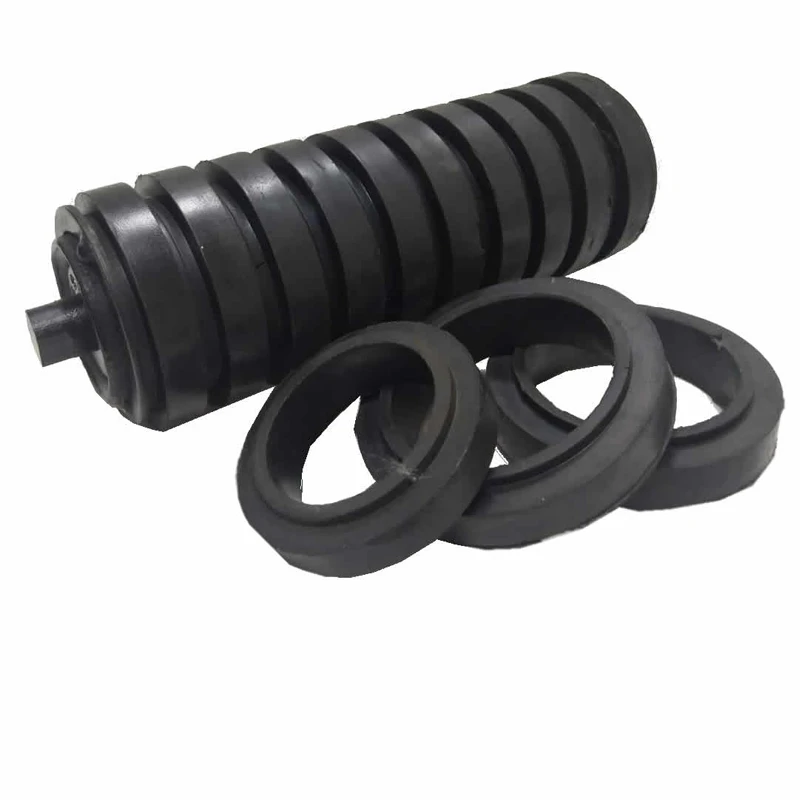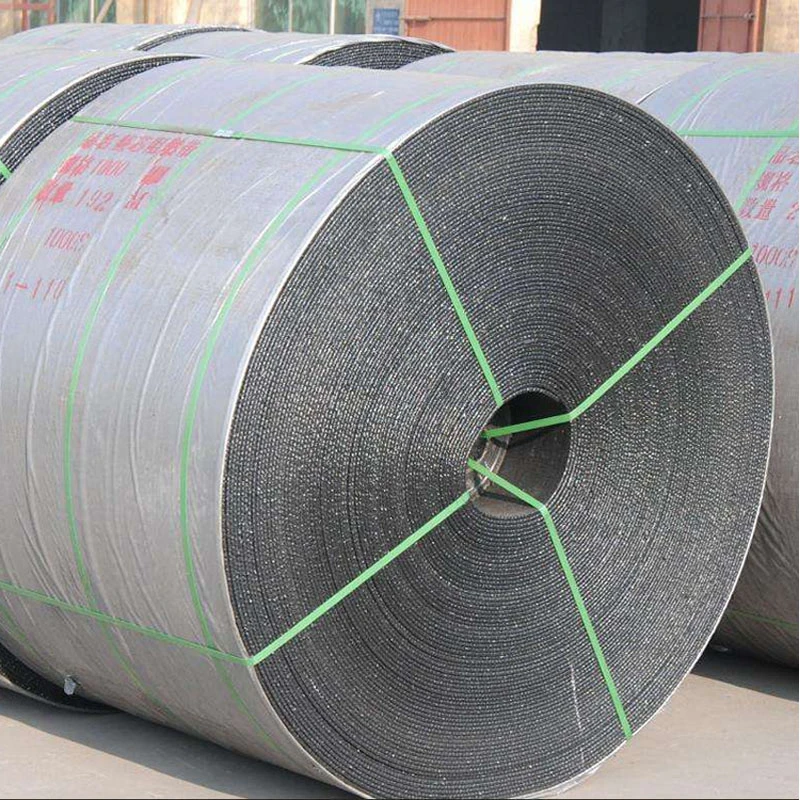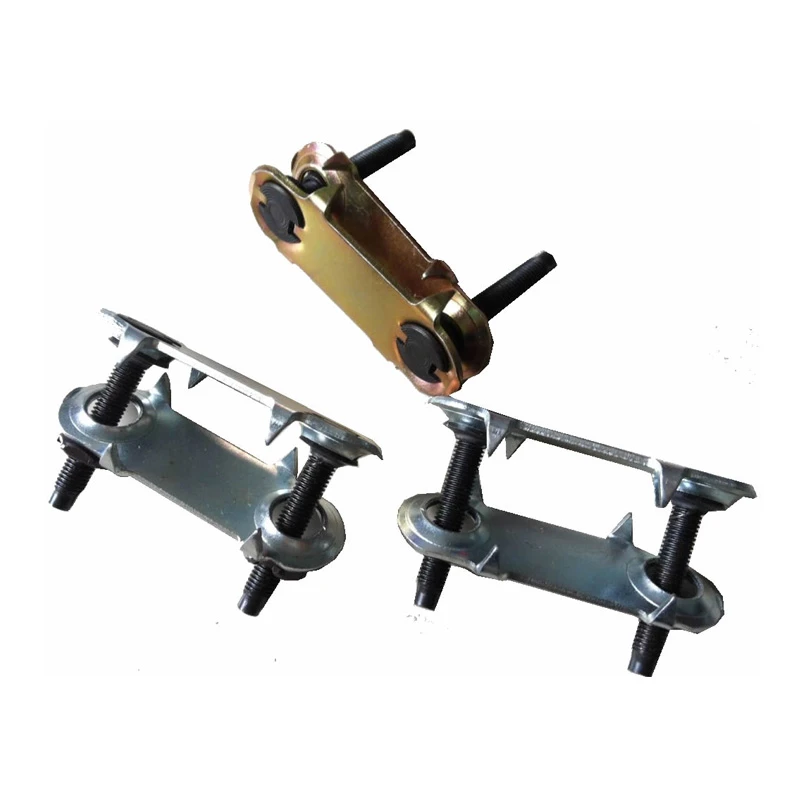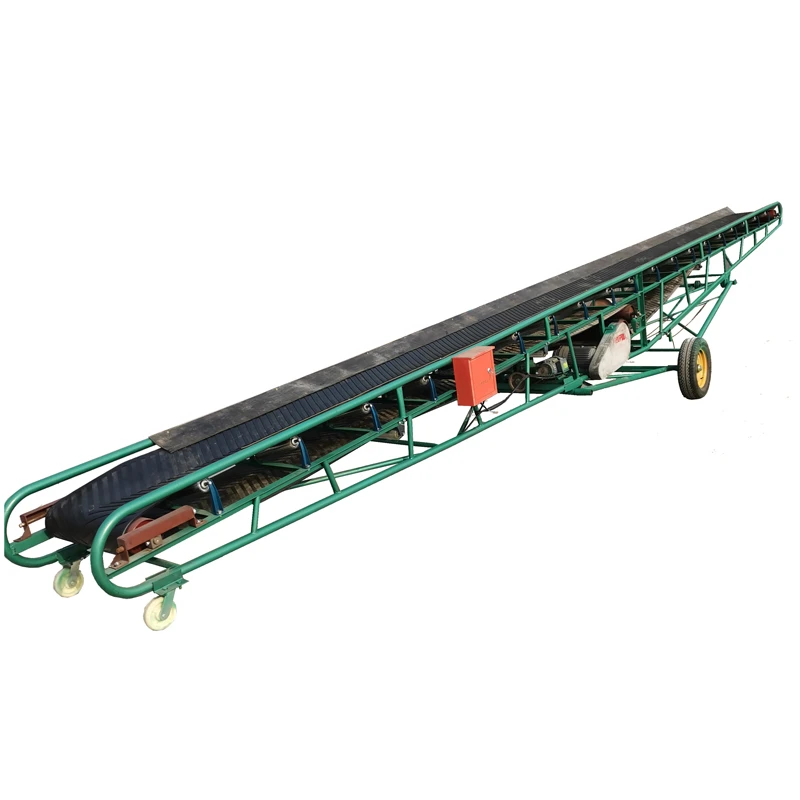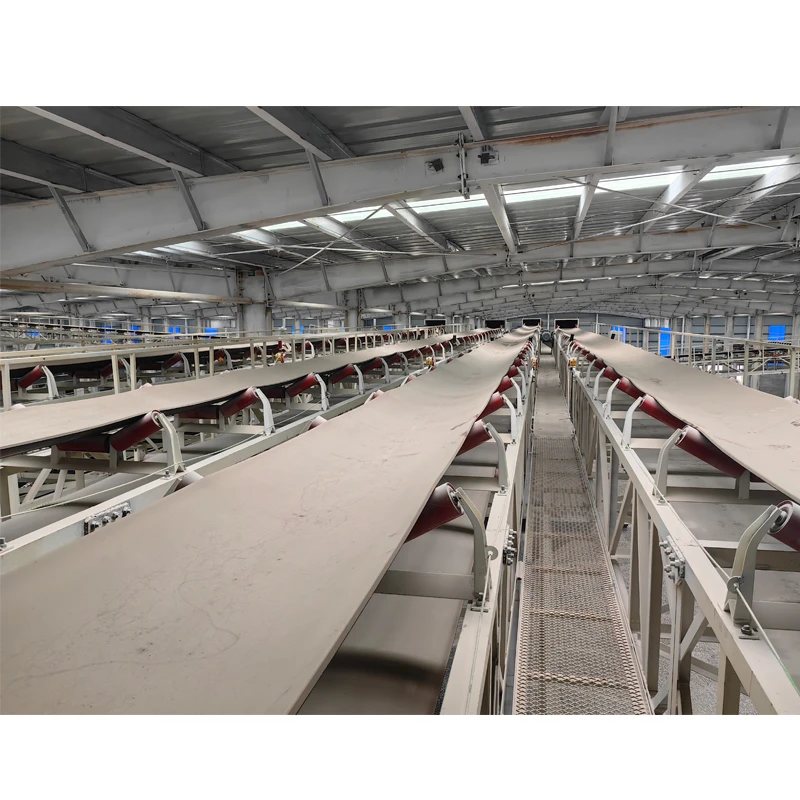A conveyor belt is a fundamental part of material handling systems across almost every industry. From mining and agriculture to packaging and logistics, conveyor belts improve efficiency, reduce manual labor, and move goods reliably and continuously. But with multiple conveyor belt types on the market, selecting the right one depends on what you're moving, where, and under what conditions.
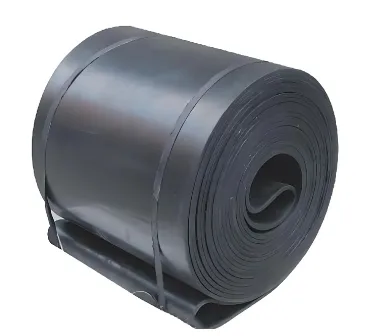
Whether you're looking for a conveyor belt for sale, evaluating a rubber conveyor belt for a high-load application, or sourcing the right belt for a new production line, this guide covers everything you need to make a smart purchasing decision.
What Is a Conveyor Belt?
A conveyor belt is a moving surface made of rubber, plastic, fabric, or metal, typically looped over rollers or pulleys. It’s used to transport materials or products from one point to another—horizontally, vertically, or at an incline.
Conveyor belts are widely used in:
Mining and quarrying
Food and beverage processing
Warehousing and logistics
Agriculture and grain handling
Manufacturing and assembly lines
Airports and baggage handling
Recycling and bulk material systems
Conveyor Belt Types
Choosing the right belt means understanding the material, surface texture, strength, and application requirements. Here are the main conveyor belt types:
1. Flat Belt Conveyor
The most common type
Suitable for transporting light to medium loads
Used in manufacturing, packaging, and food handling
Can be made of rubber, PVC, or fabric
2. Modular Plastic Belt Conveyor
Interlocking plastic segments
Washable and food-safe
Excellent for clean environments (food, pharma, etc.)
Resistant to chemicals and corrosion
3. Cleated Conveyor Belt
Features vertical cleats or ribs to prevent product rollback
Ideal for inclined transport
Used for powders, granules, or loose materials
4. Timing Belt Conveyor
Toothed belt for precise, synchronized movement
Common in assembly or pick-and-place systems
Ideal when belt tracking and positioning are critical
5. Wire Mesh Belt Conveyor
Metal mesh surface, great for hot, oily, or wet environments
Used in baking, parts washing, and cooling systems
Durable but less flexible
6. Incline and Decline Conveyor Belts
Engineered for angled transport
Often include high-friction or cleated belts
7. Rubber Conveyor Belt
Heavy-duty and abrasion-resistant
Ideal for mining, agriculture, and industrial uses
Can handle bulk materials like coal, rocks, sand, or fertilizer
Rubber Conveyor Belts: Heavy-Duty and Versatile
A rubber conveyor belt is widely used in industries that require strength, flexibility, and durability under tough conditions. It's reinforced with fabric or steel cords and often comes with different surface coatings or patterns for enhanced grip and wear resistance.
Key features include:
High load capacity
Heat and oil resistance
Cut and impact resistance
Suitable for both indoor and outdoor use
Available in smooth, rough top, chevron, or cleated styles
Rubber belts are typically used in:
Mining and aggregate transport
Cement plants
Grain elevators and silos
Heavy industrial production lines
Wood, paper, and pulp mills
Conveyor Belt Material Options
|
Material |
Properties |
Applications |
|
Rubber |
Durable, heavy-duty, abrasion-resistant |
Mining, agriculture, heavy industry |
|
PVC/PU |
Lightweight, food-grade, smooth or textured |
Food, pharma, packaging |
|
Fabric |
Flexible, low-cost, moderate strength |
General transport |
|
Metal |
Heat and corrosion resistant, strong |
Baking, cooling, chemical handling |
|
Plastic |
Modular, washable, customizable shapes |
Food processing, clean rooms |
Conveyor Belt for Sale: What to Consider Before Buying
When browsing a conveyor belt for sale, consider:
Belt width and length – Matches your system’s layout
Load capacity – Ensure the belt can handle your heaviest loads
Speed and incline requirements – For systems that move at angles or high speeds
Environmental exposure – Heat, chemicals, oil, moisture, or abrasive particles
Joint type – Endless, mechanical fasteners, or vulcanized joints
Customization needs – Cleats, sidewalls, patterns, or perforation
Maintenance and replacement cycle – Durability, belt tracking, and ease of cleaning
For industrial systems, it’s common to consult with a conveyor engineer or belt supplier to determine the exact specification needed.
Conveyor Belt Pricing (2025 Estimates)
|
Belt Type |
Width × Length |
Price Range (USD) |
|
Light-duty PVC belt |
500mm × 10m |
$80 – $180 |
|
Modular plastic belt |
600mm × 5m |
$100 – $250 |
|
Rubber conveyor belt |
800mm × 20m |
$300 – $800+ |
|
Cleated rubber belt |
500mm × 15m |
$250 – $600 |
|
Steel cord belt (heavy-duty) |
Custom sizes |
$500 – $1,500+ |
|
Wire mesh belt |
600mm × 10m |
$300 – $900 |
Prices vary based on material grade, strength rating, country of origin, and whether the belt includes customization (sidewalls, cleats, tracking strips, etc.).
Conveyor Belt FAQs
Q1: What’s the best conveyor belt type for high-temperature environments?
A: Metal mesh belts or heat-resistant rubber belts are ideal for ovens, drying systems, or foundries.
Q2: Can I use the same conveyor belt for food and industrial materials?
A: No. Food-grade belts (usually PU or PVC) are specifically designed to meet hygiene standards. Rubber belts are often not food-safe and may contain oils or dyes.
Q3: What’s the lifespan of a rubber conveyor belt?
A: It depends on usage, but in heavy industry, rubber belts typically last 3–5 years with proper maintenance. High-wear areas may require replacement sooner.
Q4: How do I buy a conveyor belt in bulk or for a new facility?
A: Contact a belt manufacturer or authorized distributor. Provide specifications like width, length, tension, load type, and material. Many suppliers also offer installation and system design services.
Q5: Are there eco-friendly conveyor belts?
A: Yes. Some belts are made with recyclable or biodegradable materials and meet environmental compliance standards, especially for food and consumer goods industries.

